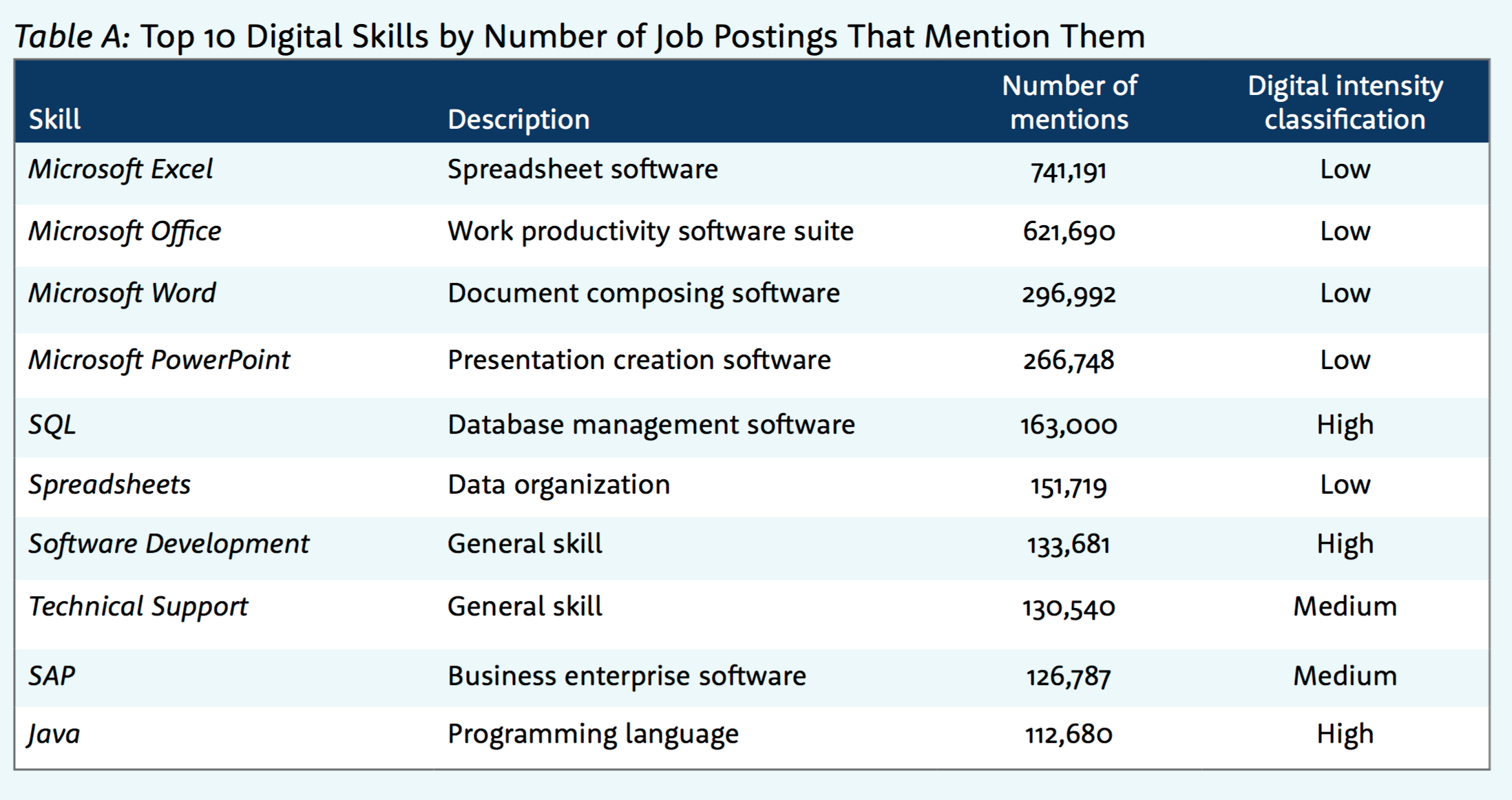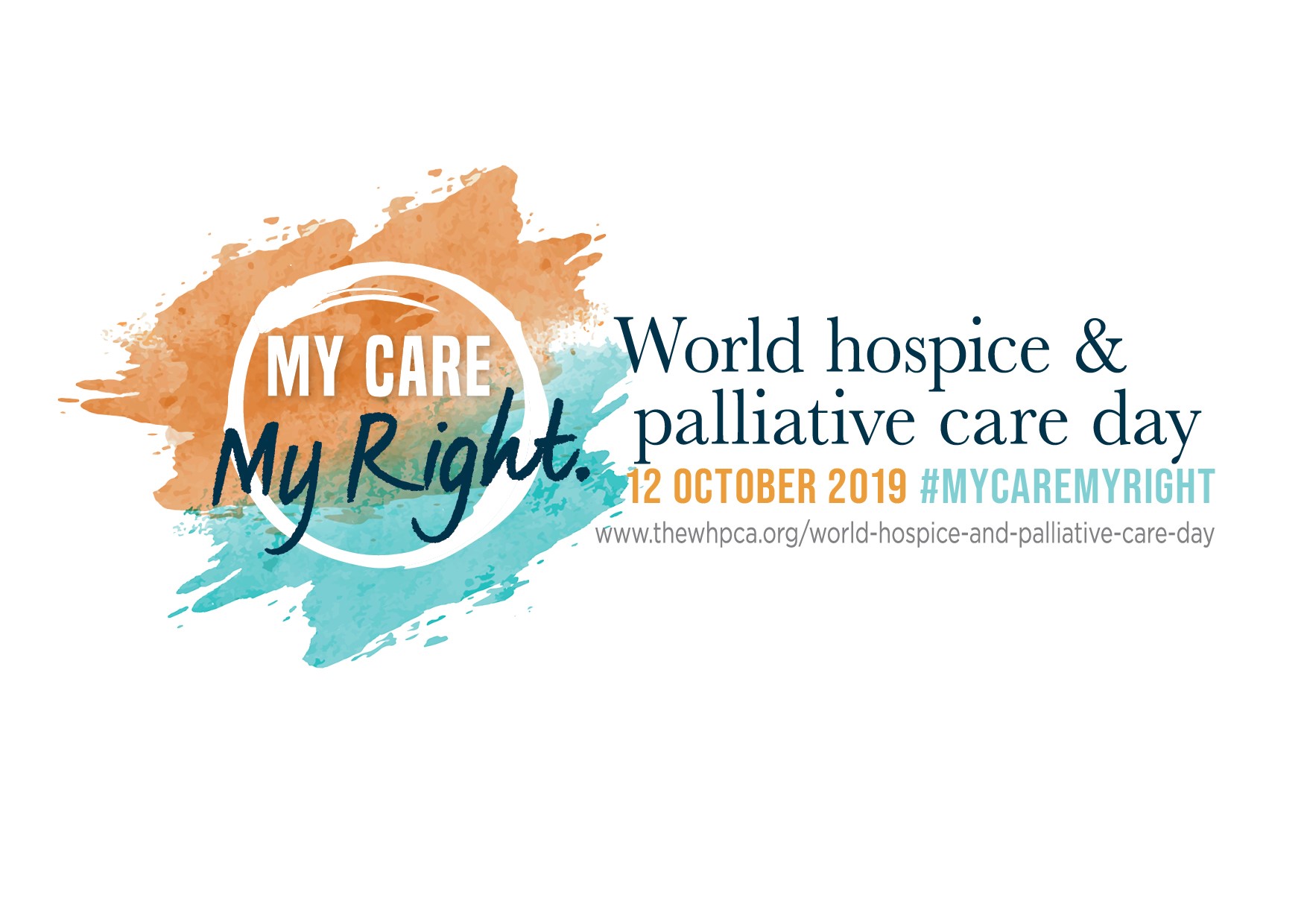
A plebotomist is someone who draws blood from patients. These professionals need to be able to insert needles into veins and are not afraid of blood. Phlebotomists usually work alongside other medical professionals to draw blood for referrals. You can read the following to learn how to become a Phlebotomist.
A high school diploma
To become a phenomenologist, there are many ways to earn your high school diploma. Some are more difficult than others. While a diploma from an accredited school can help you get started quickly in your career, you will still need to have some education. Many employers prefer to hire phlebotomists with certification, so it's important to make sure you're qualified.
As the baby boomer population grows, more people will need blood draws, which will increase the demand for phlebotomists. This career field will grow by approximately 28 percent through 2022, which is good news for those who want a stable job with good upward mobility. While a phlebotomist's hours are typically long, they enjoy good work-life balance.

A phlebotomy certification
Getting a phlebotony certification is an excellent way to get a job in the healthcare field. This occupation is becoming more popular, especially in the United States. The minimum age for those interested in this field is 18 years. The course includes background checks, drug screening, and health assessment. The training course costs over $3,000. The training course costs more than $3,000.
The American Society for Clinical Pathology offers 3 phlebotomy certificates. A high school diploma is required to become a phlebotomist. You also need to complete an accredited program in phlebotomy and complete at least 40 hours of training and practice. A phlebotomy certificate is required for those with a medical degree. This may require additional coursework. A year of work experience is required in order to pass the certification.
In as little as one year, you can start a career in phlebotomist.
A phlebotomy program focuses on the techniques and procedures of collecting and analyzing blood. Students will also learn basic medical science, patient interaction strategies and blood technology. The majority of phlebotomy certificate programs require at least one year of education. Some programs last eight weeks. In as little as six months, a year of training could lead to a job.
There are many programs available online for obtaining phlebotomy certificate. The program may take from four to eight weeks to complete. Most programs require 100 hours to complete. You may choose to work in a hospital or volunteer at a medical lab. To be certified after the course is completed, you will need a certification exam.

Obtaining a phlebotomy certificate
You might consider becoming a phlebotomist if you are looking for a job in healthcare. This career option is becoming increasingly common in health care facilities, including hospitals, doctor's offices, and cancer centers. Before you start your phlebotomy training, however, you should consider a few factors. The first is to determine where you will find employment. You can use job websites and your personal networks to search for available positions. A second thing you should do is update your resume with any current certifications.
Your next step is to receive your phlebotomy license. This certification is not required in all states but will help you get a job. After passing the exam you will need to take nine continuing education courses every three years. Although these credits aren't required in most cases, they are very useful. However, if you are planning to work in the medical field, getting a phlebotomy license will help you get ahead in this field.
FAQ
How can we improve our health care system?
We can improve health care by ensuring that everyone is provided high-quality medical care, no matter where they are located or what their insurance status.
We should ensure that all children receive necessary vaccinations, so they don't develop preventable diseases like measles, mumps, and rubella (MMR).
We must keep working towards reducing the costs of healthcare and ensuring that it remains easily accessible for all.
What does "public", in the context of public health, mean?
Public health is about improving and protecting the health of the entire community. Public Health is about preventing illness, injury, and disability; encouraging good health practices; ensuring adequate food; and controlling communicable disease, environmental hazards, behavioral risks, and other threats.
How can my family have access to high-quality health care?
Most states will have a department for health, which helps to ensure that everyone has affordable access to health care. There are programs that cover low-income families and their children in some states. To find out more about these programs, contact your state's Department of Health.
Statistics
- The health share of the Gross domestic product (GDP) is expected to continue its upward trend, reaching 19.9 percent of GDP by 2025. (en.wikipedia.org)
- Over the first twenty-five years of this transformation, government contributions to healthcare expenditures have dropped from 36% to 15%, with the burden of managing this decrease falling largely on patients. (en.wikipedia.org)
- About 14 percent of Americans have chronic kidney disease. (rasmussen.edu)
- For instance, Chinese hospital charges tend toward 50% for drugs, another major percentage for equipment, and a small percentage for healthcare professional fees. (en.wikipedia.org)
- For the most part, that's true—over 80 percent of patients are over the age of 65. (rasmussen.edu)
External Links
How To
What is the Healthcare Industry Value Chain (or Value Chain)?
The healthcare industry value chains include all the activities involved with providing healthcare services. This includes the business processes within hospitals and clinics and the supply chains that connect them to other providers such as physicians, nurses, pharmacists, insurance companies, manufacturers, wholesalers, and distributors. The end result is a continuum, which begins with diagnosis and ends at discharge.
The value chain consists of four major components.
-
Business Processes – These are the tasks that individuals perform throughout the delivery of health care. A doctor might conduct an exam, prescribe medication and send a prescription to a pharmacy. Every step must be done efficiently and accurately.
-
Supply Chains: All the organizations involved in making certain that the right supplies reach all the people at the appropriate time. A typical hospital has dozens of suppliers, including pharmacies, lab testing facilities, imaging centers, and even janitorial staff.
-
Networked Organizations: To coordinate these entities, it is necessary to have some means of communication between them. Hospitals are often composed of many departments. Each department will have its own set office and telephone number. The central point will allow employees to get up-to-date information from any department.
-
Information Technology Systems (IT) - IT is essential in order for business processes to run smoothly. It is essential to ensure that business processes run smoothly. Without IT, everything would be a mess. IT is also a platform that allows for the integration of new technologies into the system. Doctors, for example, can connect to a secure internet connection to access electronic medical records.